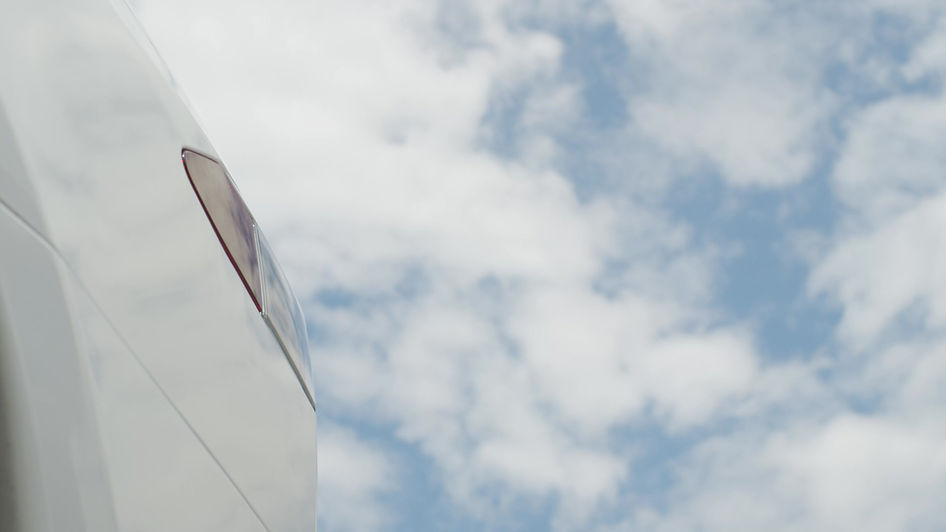
THE FUTURE OF ELECTRIC MOVING IS HERE
New modes of transportation
and transportation technologies
There has been major focus in development in high-speed rail technology. Ranging from improving current high-speed rail networks like implementing maglevs for long distance traveling, these systems can help citizens reach further distances within the same time.
This technology can even link several metropolitan areas into one population and economic powerhouse. Meanwhile on the road, we can also suggest entirely new modes of transportation such as driverless public transportation or even point-to-point methods such as drone taxis. From connecting between communities to allowing daily trips to become more accessible to individuals, new transportation technologies can certainly help more people reach places they otherwise cannot. With driverless cars and accessible infrastructure, even those with disabilities are afforded the full benefits of transportation to reach more destinations.

Traffic system and road network management
To cater for the needs of a futuristic city, refining or even redefining our current traffic network is equally paramount. A city of the future should be more human, with new intra-city delivery systems such as drone deliveries, aiming to reduce road logistics and even remove roads to opt for pedestrian walkways in city centres.
Using the Internet of Things (IoT) and AI technology to improve existing systems will provide ideas to implement Google Map traffic data, allowing automatic allocation of best travel routes, reducing congestion. This can also be used by emergency services also, to optimise traffic lights, prioritising their movements. With a major understaffing issue with emergency services, letting more people access them quickly can improve the medical accessibility especially for those who cannot afford taxi services to hospitals.

TRANSPORTATION POLICIES
Policies by governments play a crucial role.
Our focus is for to governments to promote uses of alternative fuel. We will also suggest plans to improve existing infrastructure to better support the uses of these kinds of vehicles such as increasing the number of charging stations or of petrol stations with hydrogen or biofuel available. Governments can encourage carpooling and allow community drivers to establish routes, resembling a mix of Uber and bus services, reducing private car usage and environmental impact. An Uber-like service for patients can address long emergency response waiting times. Governments can incentivize existing Uber or taxi drivers to join the emergency response team, transporting lower-priority patients to hospitals. This reduces costs and allows professional first responders to focus on true emergencies, improving preparedness for future public health threats.
URBAN PLANNING POLICIES
As for urban planning laws, to accommodate an ever-growing population in cities, they will inevitably grow larger towards the outskirts, so governments should embrace this change and expand their boundaries while building more high-density housing in such areas. They can also implement zoning laws that allow new central business districts (CBDs) to be developed. These new CBDs can be developed in new transportation hubs near residential districts, as they can shorten the time spent in transportation, while still able to enjoy a lower cost of living. Essentially, future cities will likely become like Russian dolls, that localised CBDs will be in the outskirts in major cities, with these major cities connected with efficient transportation.